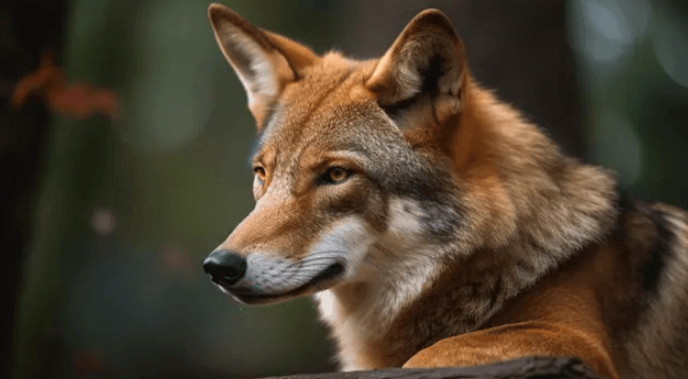Cute:8td8pfoiyrq= Red Wolf

Cute:8td8pfoiyrq= Red Wolf, a remarkable species characterized by its distinctive reddish-brown and gray fur, plays a vital role in its ecosystem. Its adaptations for low-light hunting and complex social structures underscore the intricacies of its survival strategies. However, the alarming decline in their population due to habitat loss and human encroachment raises critical questions about conservation efforts. Understanding the unique traits and behaviors of red wolves not only highlights their ecological significance but also paves the way for meaningful dialogue on effective preservation strategies. What steps can be taken to ensure their future?
Unique Physical Traits
Although red wolves (Canis rufus) share some morphological traits with their gray and coyote relatives, they possess a distinct set of unique physical characteristics that differentiate them within the Canidae family.
Their fur coloration typically features a mix of reddish-brown and gray, providing effective camouflage.
Additionally, their elongated eye shape, adapted for low-light conditions, enhances their hunting prowess and visual acuity in diverse environments.
Social Behavior and Pack Dynamics
Red wolves exhibit complex social structures that are fundamental to their survival and hunting strategies. Their social hierarchy dictates roles within the pack, influencing cooperative hunting and territorial behaviors.
Mating rituals are critical during breeding season, reinforcing pair bonds and stability within the group. These dynamics not only enhance reproductive success but also strengthen the pack’s cohesion, vital for their overall survival.
Conservation Status and Threats
The conservation status of the red wolf (Canis rufus) remains critically endangered, with estimates suggesting that fewer than 30 individuals exist in the wild today.
Key threats include habitat loss due to urban development and agricultural expansion, which fragment their territories.
Additionally, human-wildlife conflict arises from perceptions of red wolves as competitors for livestock, further jeopardizing their survival and hindering recovery efforts.
Read Also Cute:8pqr9czudx4= Halloween Background
How to Help Red Wolves
With the red wolf population dwindling to alarmingly low numbers, concerted efforts are necessary to ensure their survival and recovery.
Habitat preservation is essential, alongside fostering public awareness through targeted campaigns.
Community involvement can drive local initiatives, while education programs will equip future generations with the knowledge needed to advocate for red wolves.
Collective action is vital for sustaining these iconic canids.
Conclusion
In the grand tapestry of nature, the Cute:8td8pfoiyrq= Red Wolf serves as a poignant reminder of the fragility of life and the intricate balance within ecosystems. Its diminishing presence echoes the silent plea of a once-thriving community now threatened by external forces. The preservation of this species is not merely an act of conservation but a commitment to safeguarding the rich biodiversity that sustains the environment. Protecting the red wolf symbolizes the broader fight for the survival of countless interconnected lives.




